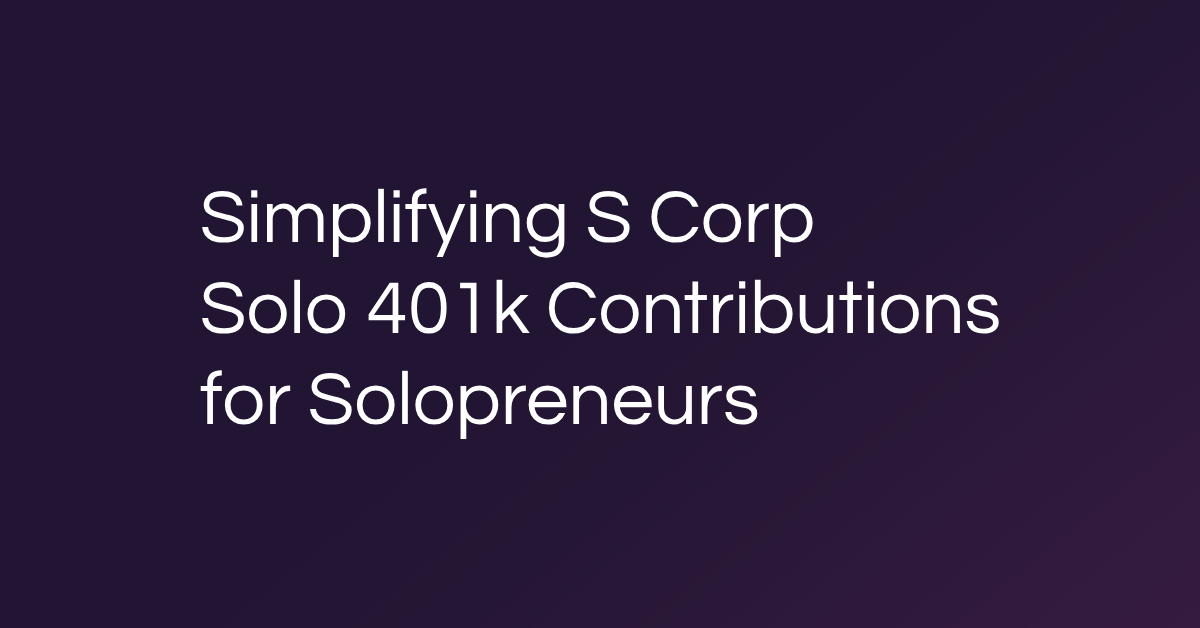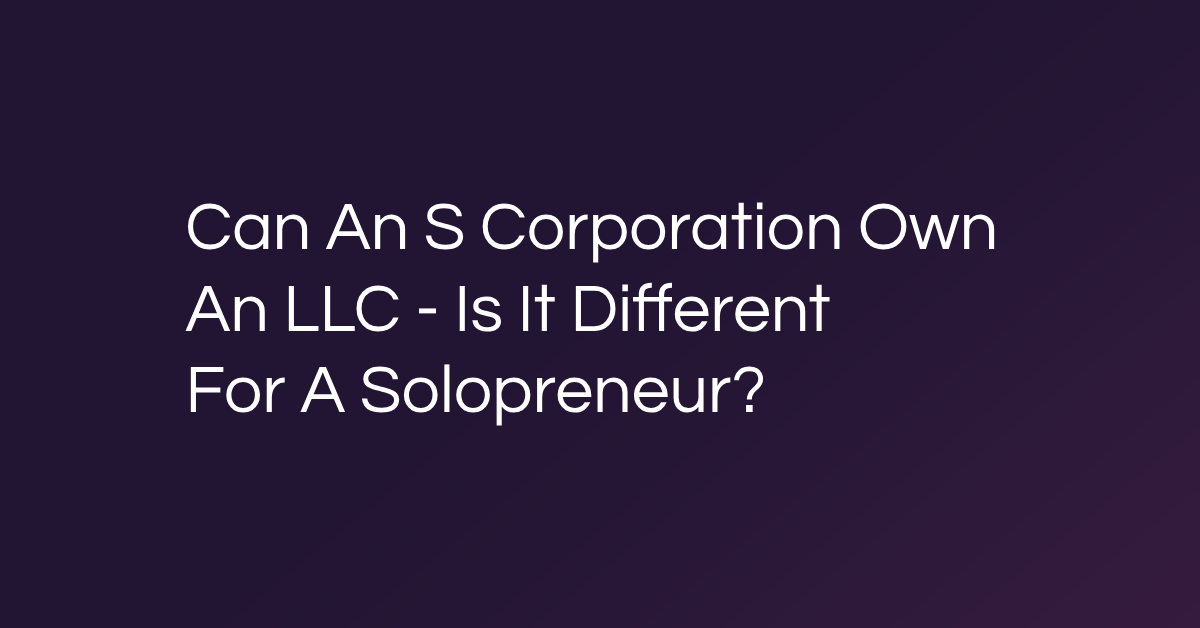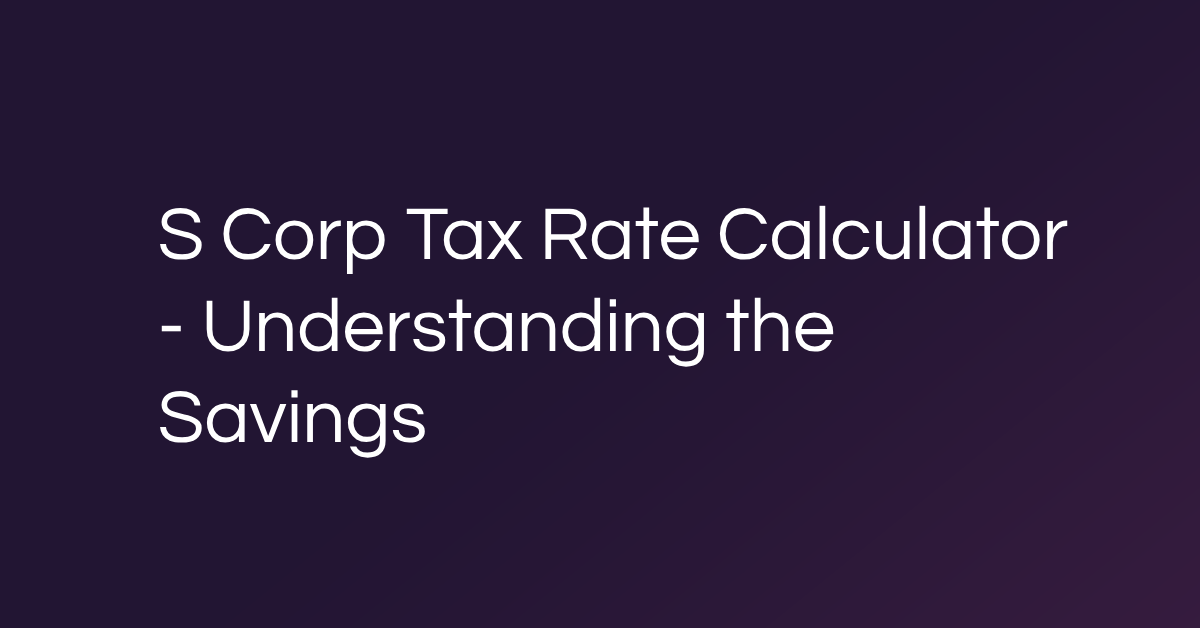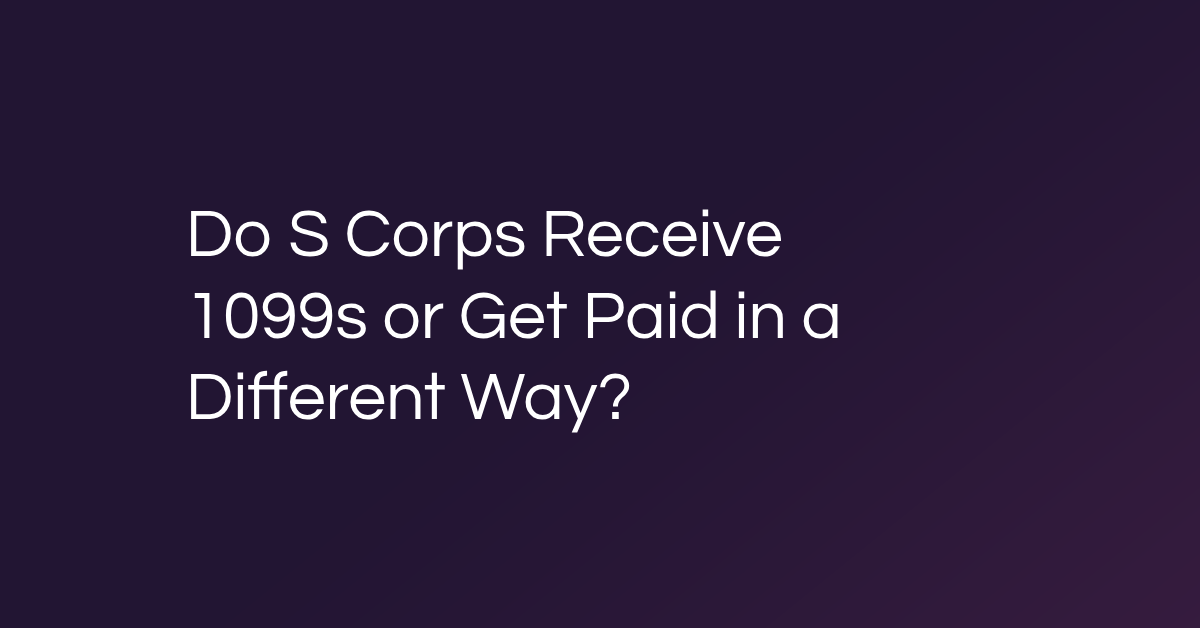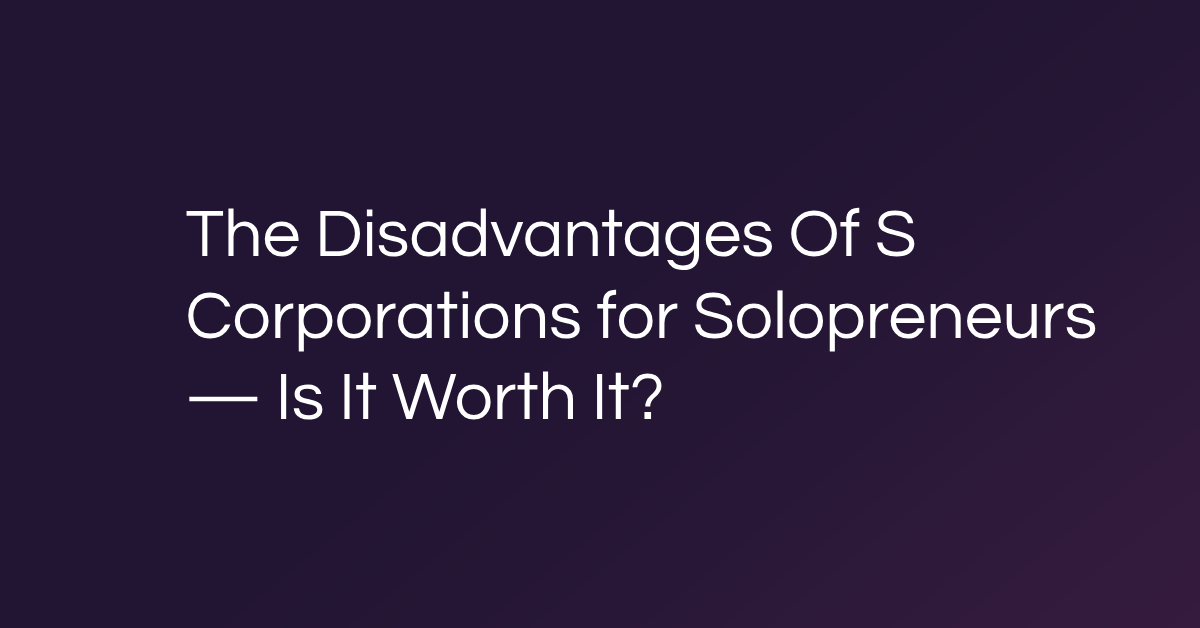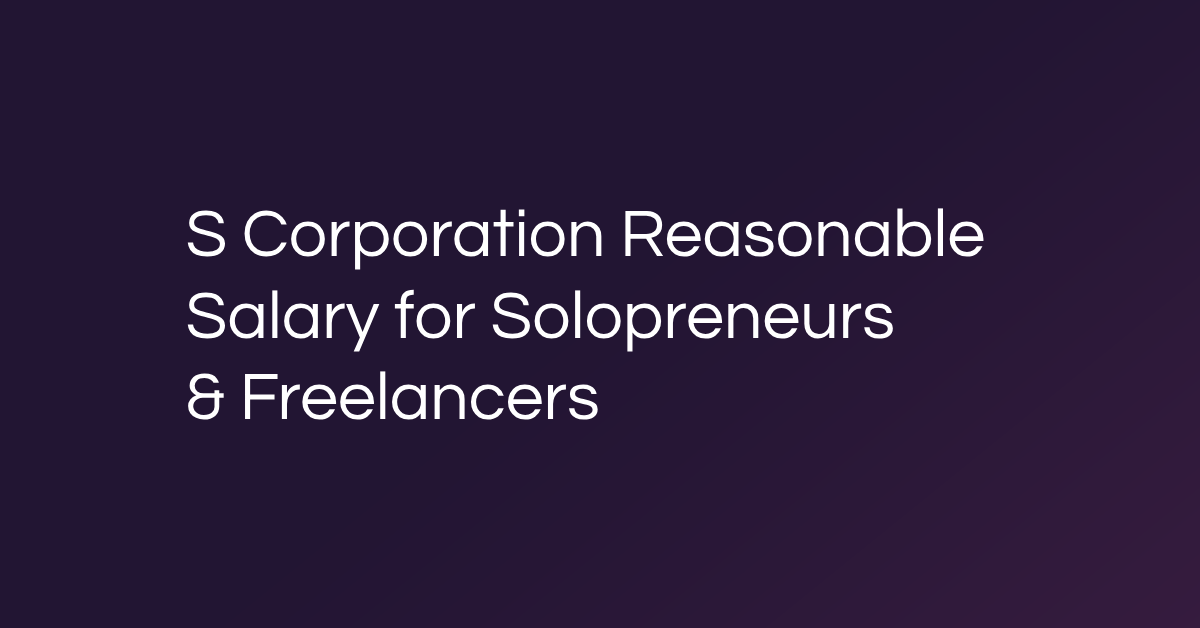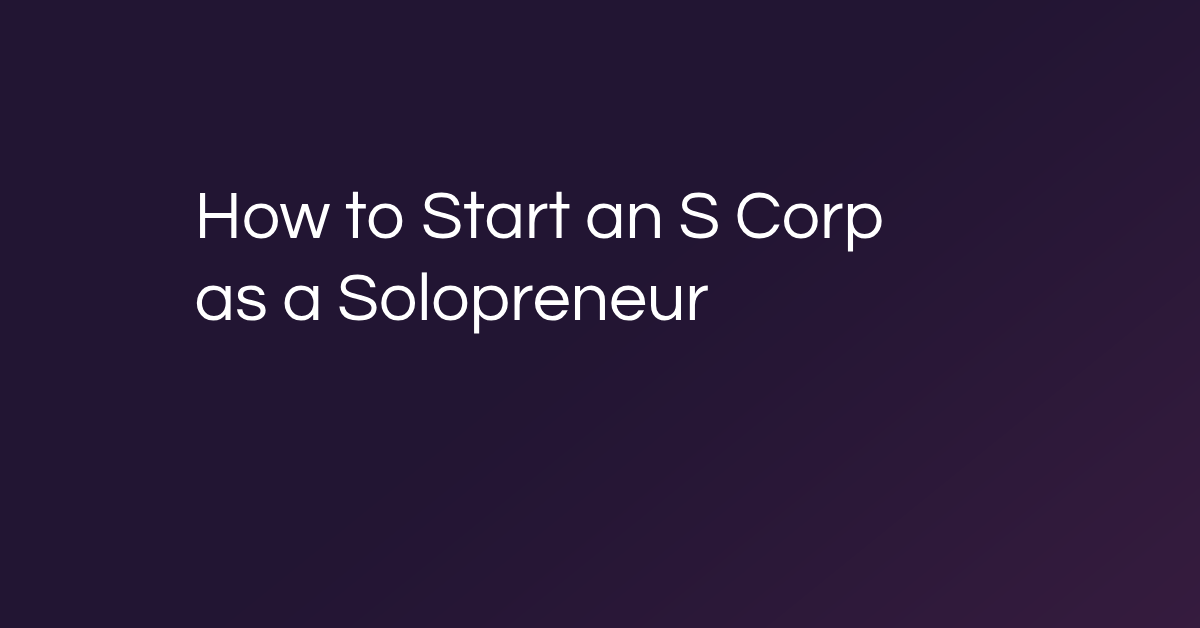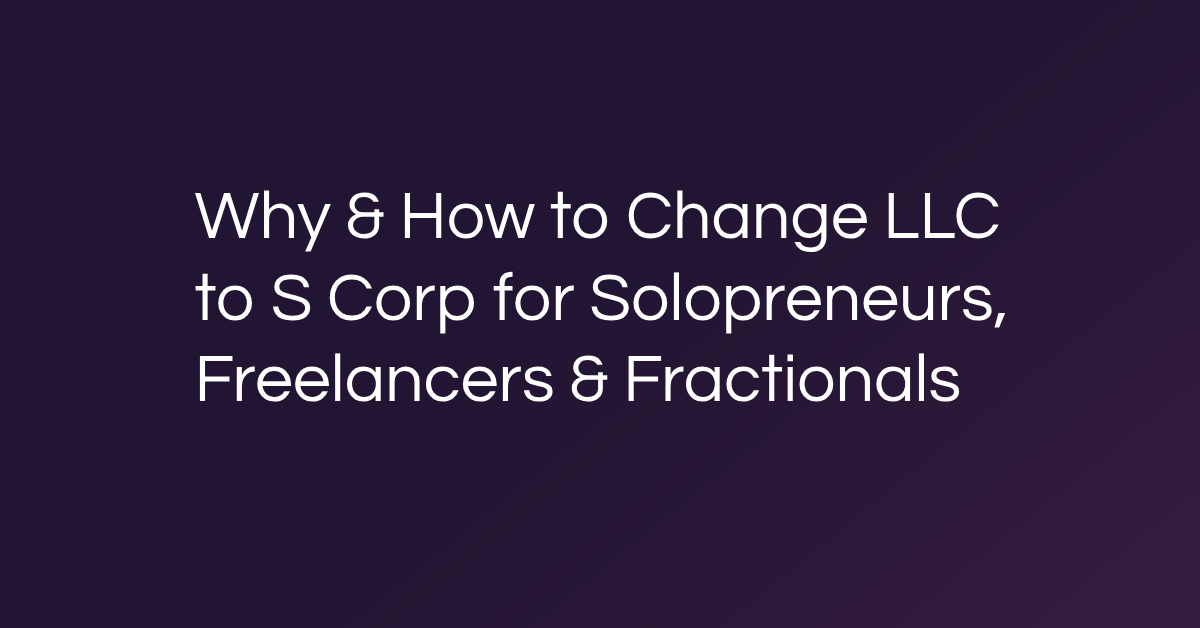Running a business of one doesn’t mean you should miss out on powerful retirement tools. A solo 401k is one of the most efficient ways for solopreneurs to build long-term savings while taking advantage of tax deductions. If you operate as an S corporation, understanding how contributions work is essential.
Navigating IRS rules and maximizing contributions can feel complex—but with the right guidance and platform, it becomes an innovative part of your business strategy. Using an S Corp solo 401k calculator helps you make informed decisions.
Understanding Solo 401Ks and S corporations
Understanding how a Solo 401k works—and how it aligns with S corporation income—helps optimize your retirement strategy. These two structures complement each other well, offering high contribution limits and tax advantages to solopreneurs who structure their compensation correctly.
What is a Solo 401k?
A Solo 401k is a retirement plan designed for business owners with no full-time employees other than a spouse. It allows you to contribute as the employee and the employer.
In 2024, eligible solos can contribute up to $69,000—or $76,500 if age 50 or older—through combined employee and employer contributions. For high-earning solopreneurs, it’s one of the most powerful ways to accelerate savings and reduce taxable income.
What is an S corporation?
An S corporation is a tax election that allows business income to pass through to the owner without corporate-level taxation. This structure reduces self-employment taxes and enables Solo 401k contributions based on W-2 earnings.
For solopreneurs, S corp status offers tax efficiency and liability protection. When paired with a solo 401k, it becomes a strategic advantage for building retirement wealth.
Compensation structures in S corporations
Your income structure as an S corporation owner determines how much you can contribute to your solo 401k.
Types of income
S corp owners typically receive two types of income:
- W-2 wages: Considered earned income and eligible for Solo 401k contributions
- Distributions: Not subject to payroll taxes but also not eligible for retirement plan contributions
Only your W-2 salary counts toward Solo 401k contribution limits. If your wages are too low, your ability to save through a Solo 401k is limited—even if your business is highly profitable. Finding the right compensation balance helps you reduce taxes and boost retirement savings at the same time.
Why only W-2 wages qualify for Solo 401k contributions
The IRS limits solo 401k contributions to earned income. For S corp owners, that means only W-2 wages paid through payroll count.
Distributions, while tax-advantaged, aren’t considered earned income under IRS rules and don’t qualify for retirement plan contributions. This distinction is crucial when setting your salary. Underpaying yourself reduces how much you can contribute. Overpaying increases your payroll taxes and limits distributions.
The key is balance. A reasonable salary gives you room to make employee deferrals and employer contributions without sacrificing the tax efficiency that makes S corp status so valuable.
With Besolo, your S corp salary (which must fit the definition of “reasonable” S corp compensation) and Solo 401k strategy work together. Contributions are automated, so you can maximize your savings without worrying about manual inputs or missed opportunities.
Calculating solo 401k contributions
Solo 401k contributions for S corp owners are based entirely on W-2 wages. Since you wear two hats—as both employee and employer—you can contribute in both roles, which significantly boosts your retirement potential.
Employee deferrals
As an employee, you can defer up to $23,000 of your W-2 wages in 2025. If you’re 50 or older, you can contribute an additional $7,500 in catch-up contributions. These amounts reduce your taxable income and grow tax-deferred. Contribution limits are set annually and apply to one-participant 401k plans.
Employer contributions
In addition to your personal deferral, your S corp can contribute up to 25% of your W-2 wages. These employer contributions are tax-deductible for the business and are not subject to payroll taxes—making them an efficient way to build retirement savings.
Catch-up contributions
If you’re 50 or older, catch-up contributions allow you to exceed standard IRS limits. Combined with employer contributions, you could contribute up to $76,500 in 2025, depending on your salary.
Tax deduction and reporting
Employee deferrals appear on your W-2, while employer contributions are reported on your S corporation’s tax return. Together, these deductions lower your personal and business tax liability, reinforcing the financial value of an integrated solo 401k strategy.
Strategies for maximizing contributions
Maximizing solo 401k contributions as an S corp owner takes thoughtful planning. Salary, timing, and contribution type all shape how much you can contribute.
Setting reasonable compensation
The IRS requires S corp owners to pay themselves a “reasonable salary” before taking distributions. That salary becomes the basis for both employee and employer contributions.
Too low, and your contribution room shrinks. Too high, and you overpay payroll taxes. The goal is balance—enough salary to maximize contributions without sacrificing tax efficiency.
Timing contributions
Employee deferrals must happen during the payroll year. Employer contributions can be made up to the S corporation’s tax filing deadline, including extensions.
This flexibility allows you to align contributions with cash flow and business performance.
Utilizing catch-up contributions
If you’re 50 or older, catch-up contributions let you exceed standard limits. These extra dollars increase your savings and reduce taxable income in the current year.
Diversifying contribution strategies
Solo 401ks support both Roth and traditional contributions.
- Traditional deferrals reduce your current tax bill.
- Roth contributions grow tax-free for the future.
Using both strategies provides flexibility across time horizons.
Practical examples and scenarios
Even with similar income levels, contribution outcomes vary based on how compensation is structured. For example:
- Taylor – Age 32
-
- Pays themselves $80,000 in W-2 wages
- Contributes $23,000 as an employee (2025 limit)
- S corp contributes $20,000 (25% of wages)
- Total contribution: $43,000
- If Taylor paid only $40,000 in wages, the cap drops to around $33,000
- Jordan – Age 57
-
- Earns $100,000 in W-2 wages
- Contributes $30,500 as an employee (including $7,500 catch-up)
- S corp contributes $25,000
- Total contribution: $55,500
Common pitfalls and how to avoid them
Top mistakes that reduce solo 401k effectiveness include:
- Underpaying W-2 wages: Low salaries reduce your eligible contribution room. To prevent this, set a reasonable wage that balances tax efficiency with retirement savings potential.
- Missing IRS deadlines: Late contributions can disqualify deductions. Mark key deadlines and automate reminders or use platforms that sync contributions with payroll.
- Skipping catch-up contributions: Owners over 50 often forget this advantage. Automating plan setup with catch-up contributions ensures you’re maximizing available limits.
Integrated platforms like Besolo help automate contributions, avoid errors, and stay on track.
Set your S corp solo 401k on autopilot with Besolo
Your solo 401k should work as part of your business—not a separate burden.
Besolo’s Solo S Corp platform integrates contributions with payroll, automates employer and employee deferrals, and supports tax planning—all with expert CPA guidance. Plus, you get complete retirement planning support, including our solo 401k package.
Explore Besolo’s self-employment OS and simplify your retirement strategy today.

